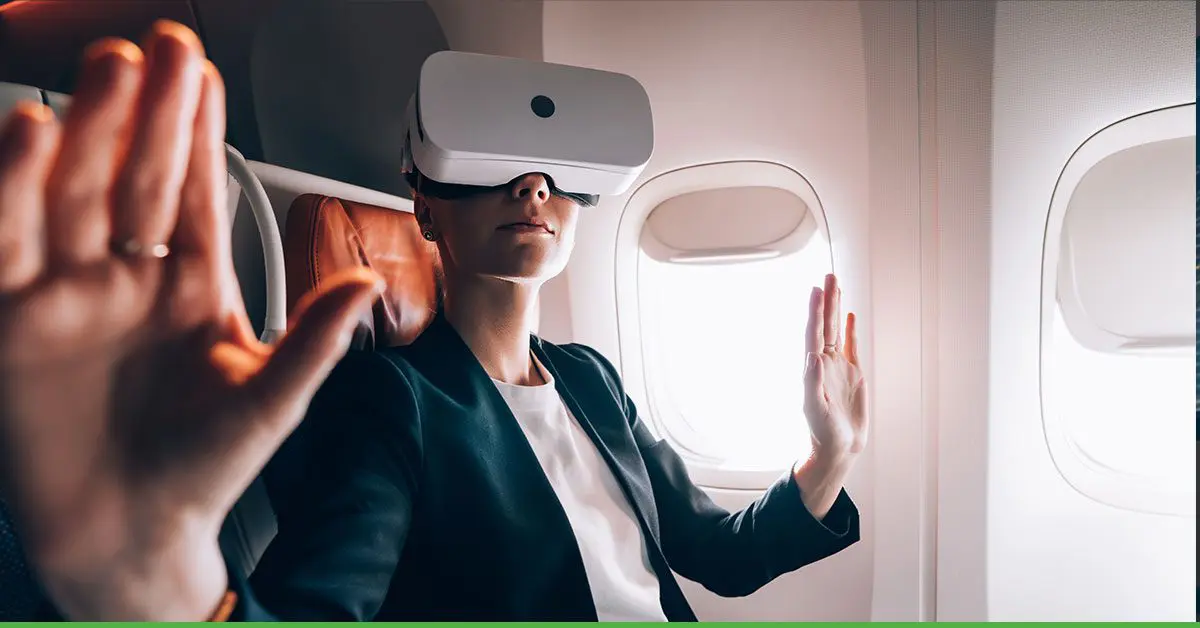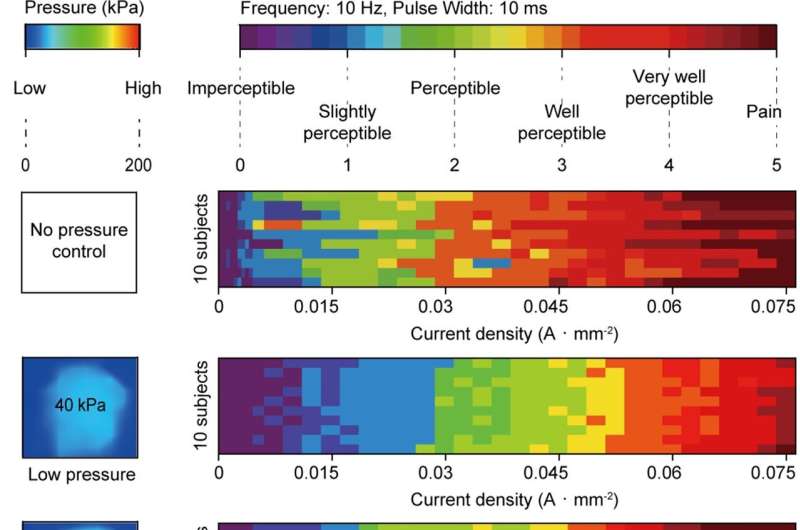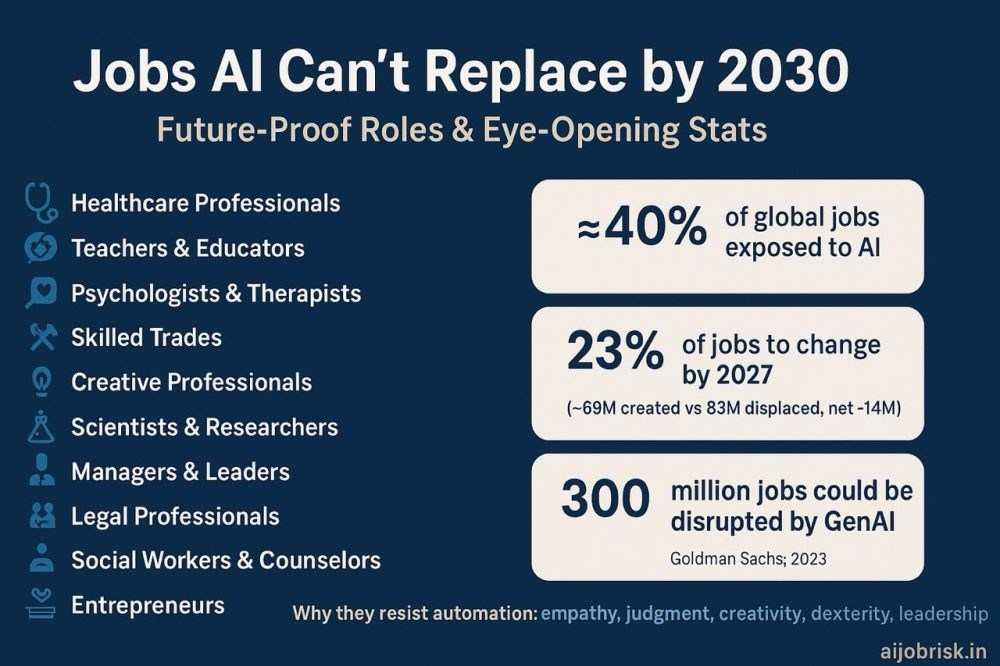A team of researchers led by Professor Park Jang-Ung from the Institute for Basic Science (IBS) and Professor Jung Hyun Ho from Yonsei University Severance Hospital has developed a new technology that allows users to feel uniform tactile sensations when interacting with digital displays. This breakthrough was published in Nature Communications on August 21, 2024.
Known as virtual haptic technology, this system creates the sensation of touch in virtual environments, enabling users to experience textures, shapes, and forces as if they were physically interacting with digital objects. This technology benefits virtual reality (VR) and augmented reality (AR), enhancing how users engage with these virtual worlds by adding the sense of touch to visual and sound cues.
The research focuses on “electrotactile systems,” which use electrical stimulation to produce tactile sensations. By sending electrical signals to the brain through the skin, users can feel precise sensations—ranging from soft textures like hair to hard surfaces like glass—without any physical object.
The team’s response to these challenges was to develop a new device called a Transparent Pressure-Calibratable Interference Electrotactile Actuator (TPIEA). This innovative device, which adjusts for different levels of finger pressure, ensures a consistent touch experience, regardless of how a user interacts with the display. The TPIEA represents a significant leap forward in virtual haptic technology, addressing key issues and paving the way for more immersive user experiences.
With the ability to create more than nine distinct sensations, this technology can be integrated into smartphone displays, offering a new way to feel and interact with virtual content. The team’s discovery of a way to lower the energy needed to produce these sensations by 30%, while boosting the detail and clarity of the tactile experience by 32%, opens up a wide range of potential applications. The possibilities are endless, from enhancing user experience in VR and AR to revolutionizing interactions with smart devices.
Lead researcher Park Jang-Ung commented, “This technology bridges the gap between visual and tactile information on screens. We expect it will significantly improve how people interact with devices in various applications like VR, AR, and smart devices.”
Source: Techxplore.com



